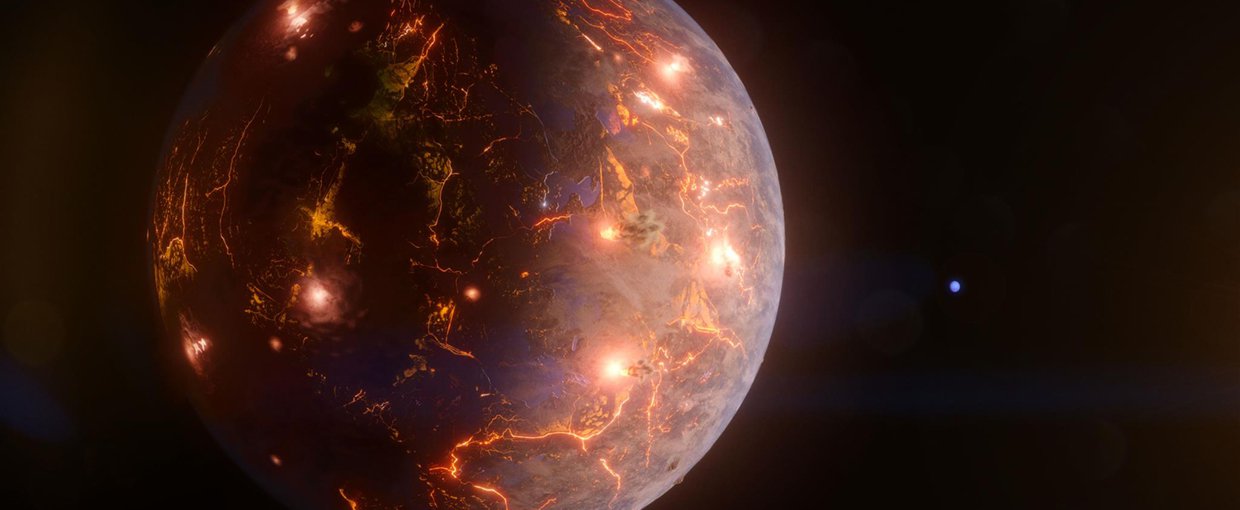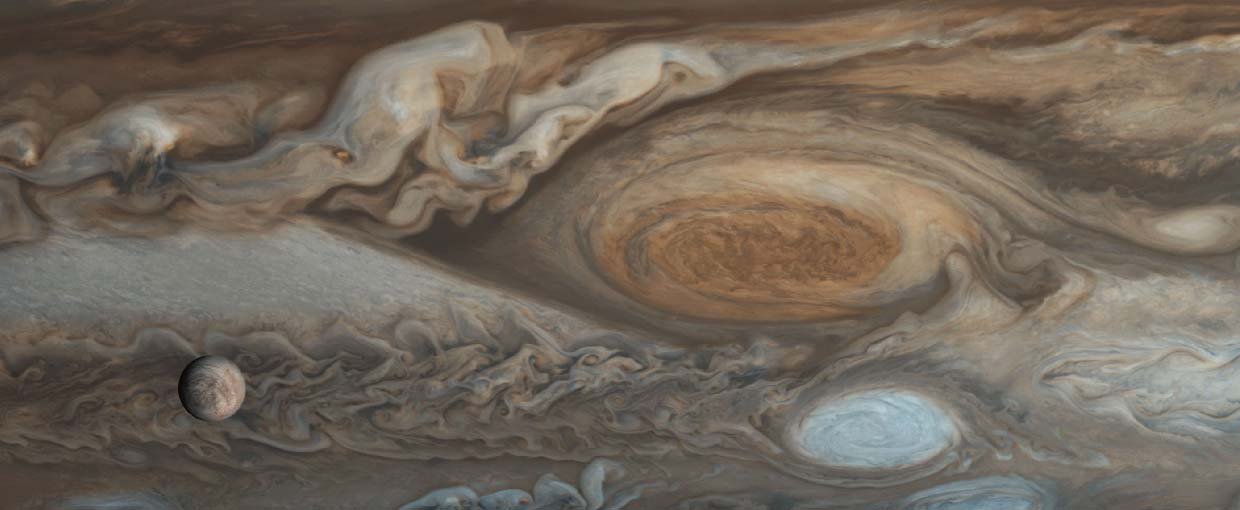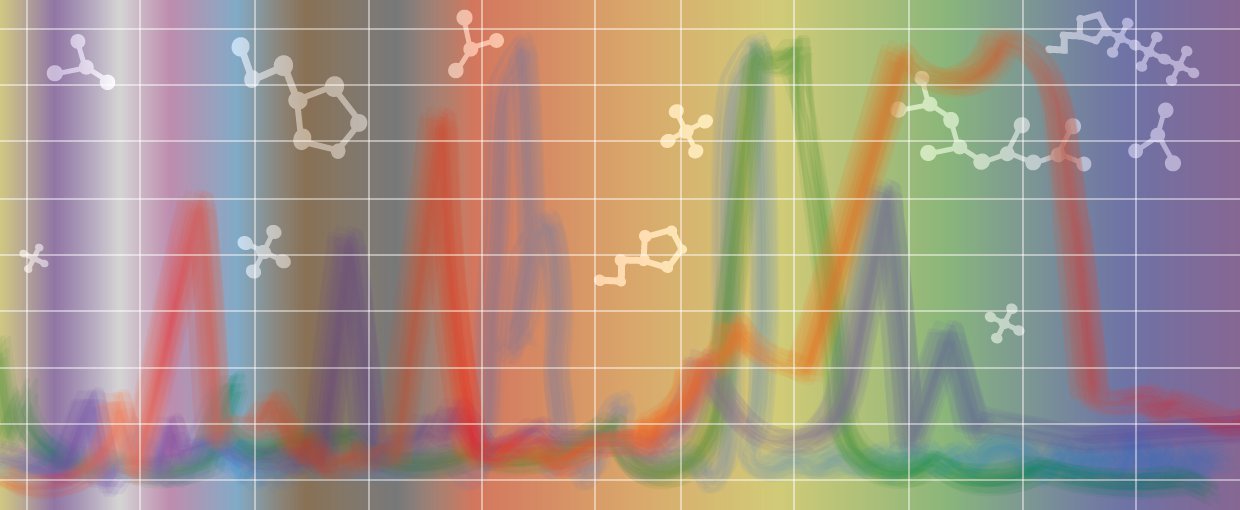Howard, A. W., Marcy, G. W., Johnson, J. A., Fischer, D. A., Wright, J. T., Isaacson, H., … Valenti, J. A. (2010). Science, 330(6004), 653–655. doi:10.1126/science.1194854
Jolley, C. C., & Douglas, T. (2010). The Astrophysical Journal, 722(2), 1921–1931. doi:10.1088/0004-637x/722/2/1921
Loeffler, M. J., & Hudson, R. L. (2010). Geophysical Research Letters, 37(19), n/a–n/a. doi:10.1029/2010gl044553
Magkotsios, G., Timmes, F. X., Hungerford, A. L., Fryer, C. L., Young, P. A., & Wiescher, M. (2010). The Astrophysical Journal Supplement Series, 191(1), 66–95. doi:10.1088/0067-0049/191/1/66
Marley, M. S., Saumon, D., & Goldblatt, C. (2010). The Astrophysical Journal, 723(1), L117–L121. doi:10.1088/2041-8205/723/1/l117
Marshall-Bowman, K., Ohara, S., Sverjensky, D. A., Hazen, R. M., & James Cleaves, H. (2010). Geochimica et Cosmochimica Acta, 74(20), 5852–5861. doi:10.1016/j.gca.2010.07.009
Mielke, R. E., Russell, M. J., Wilson, P. R., McGlynn, S. E., Coleman, M., Kidd, R., & Kanik, I. (2010). Astrobiology, 10(8), 799–810. doi:10.1089/ast.2009.0456
Moore, M. H., Ferrante, R. F., James Moore, W., & Hudson, R. (2010). The Astrophysical Journal Supplement Series, 191(1), 96–112. doi:10.1088/0067-0049/191/1/96
Muterspaugh, M. W., Lane, B. F., Kulkarni, S. R., Konacki, M., Burke, B. F., Colavita, M. M., … Shao, M. (2010). The Astronomical Journal, 140(6), 1657–1671. doi:10.1088/0004-6256/140/6/1657
Papineau, D., De Gregorio, B. T., Cody, G. D., Fries, M. D., Mojzsis, S. J., Steele, A., … Stroud, R. M. (2010). Geochimica et Cosmochimica Acta, 74(20), 5862–5883. doi:10.1016/j.gca.2010.05.025



